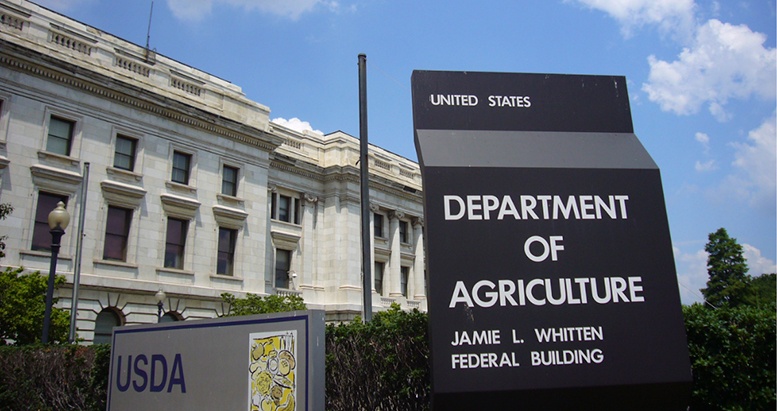U.S. Department of Agriculture (USDA) national hemp rules are effective starting today, giving the industry guidance under the 2018 Farm Bill that legalized hemp federally, and marking another milestone in the return of industrial hemp to American agriculture.
The USDA rules cover licensing requirements, record keeping for hemp fields, THC testing, disposal of noncompliant plants, and procedures for handling violations, among other matters.
Under the new rules, THC testing must be carried out at U.S. Drug Enforcement Administration (DEA) certified laboratories beginning Dec. 31, 2022. And farmers from states without approved hemp programs, who are directly managed by the USDA, are required to have law enforcement or DEA-registered agents destroy hemp that is “hot,” or over the federal limit of 0.3%.
Objection to DEA role
Many stakeholders have objected to a role for the DEA in the hemp program, noting the U.S. Farm Bill’s express removal of hemp from the Controlled Substances Act. The drug agency has aggressively and persistently asserted itself in matters affecting the hemp industry.
Among provisions welcomed by stakeholders is a threshold for negligent THC violations of 1.0% THC. It means hemp producers whose crops do not exceed 1.0% THC will not be considered in violation, although they must destroy their crops if they contain more than 0.3% THC. Sen. Rand Paul of major hemp producing state Kentucky proposed in recent legislation to increase the level of THC allowable in hemp plants from 0.3% to a full 1.0%.
Other key rules
All 50 U.S. states now have hemp programs of one form or another after passage of the 2018 Farm Bill. Some states still operate directly under USDA according to rules in a 2014 pilot program, while others have already had their state programs approved by the federal farm agency.
Among other key hemp regulations effective today:
- Hemp must be tested for total THC content, rather than delta-9 THC alone.
- Samples for THC testing are to be taken exclusively from flowers at the top of the plant, rather than from other parts of the plant or whole-plant samples.
- Hemp producers have 30 days before harvest to get their plants tested for THC.
- Farmers can burn “hot” crops or plow them under, a change from preliminary USDA rules which called for law enforcement or other authorized parties to collect and destroy them.
‘Serving stakeholders’
The new hemp rules apply to all states, tribes and U.S. territories operating under hemp programs approved by the USDA in the framework of the 2018 Farm Bill. USDA’s Agricultural Marketing Service has said the new regulations aim “to ensure longstanding as well as new programs are structured and resourced appropriately and to ensure programs are implemented to best serve their intended stakeholders.”
USDA published interim hemp rules in October 2019, then received 5,900 responses during a 60-day public comment period ahead of setting the final regulations in effect beginning today.

